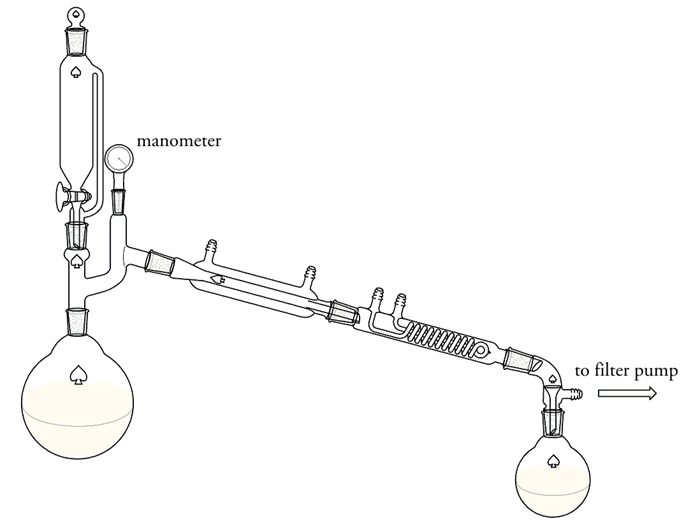In September 2010, the Department of Labour lowered the Workplace Exposure Standard (WES) for benzene.
The old WES for benzene (as of 2002) was:
5ppm or 16mg/m3 TWA (Time Weighted Average)
The new WES for benzene (effective from September 2010) is:
1ppm or 3.19 mg/m3 TWA
2. 5ppm or 7.8 mg/m3 STEL (Short Term Exposure Limit)
What is a Workplace Exposure Standard?
There are, in fact, a number of Workplace Exposure Standards (WES), and they are all designed to give a maximum limit that a person can be exposed to,
for a particular substance, over a certain amount of time, and still remain healthy.
In the case of benzene, we use the following values:
Time Weighted Average (TWA) – this means that you could be exposed to an average of up to 1ppm (part per million) benzene over the course of an
eight-hour work day and not experience poor health effects.[1]
Short Term Exposure Limit (STEL) –2.5ppm is the highest average level of benzene you can be exposed to over a 15-minute period throughout the
working day. |
 ). Ullmanns - dimethyl sulfate.pdf
). Ullmanns - dimethyl sulfate.pdf


 I assumed sulphuric was in excess and it isnt, serves me right for shirking the math. If sulphuric was in excess
this would be the stronger dehydrating agent, when not in excess its quite plausable sodium sulphate hydrates. I am under the impression that with
methanol the sodium sulphate method is less of an improvement then with ethanol, but it should help. Methanol forms esters more easily (rapidly,
completely) than ethanol.
I assumed sulphuric was in excess and it isnt, serves me right for shirking the math. If sulphuric was in excess
this would be the stronger dehydrating agent, when not in excess its quite plausable sodium sulphate hydrates. I am under the impression that with
methanol the sodium sulphate method is less of an improvement then with ethanol, but it should help. Methanol forms esters more easily (rapidly,
completely) than ethanol.